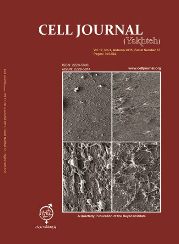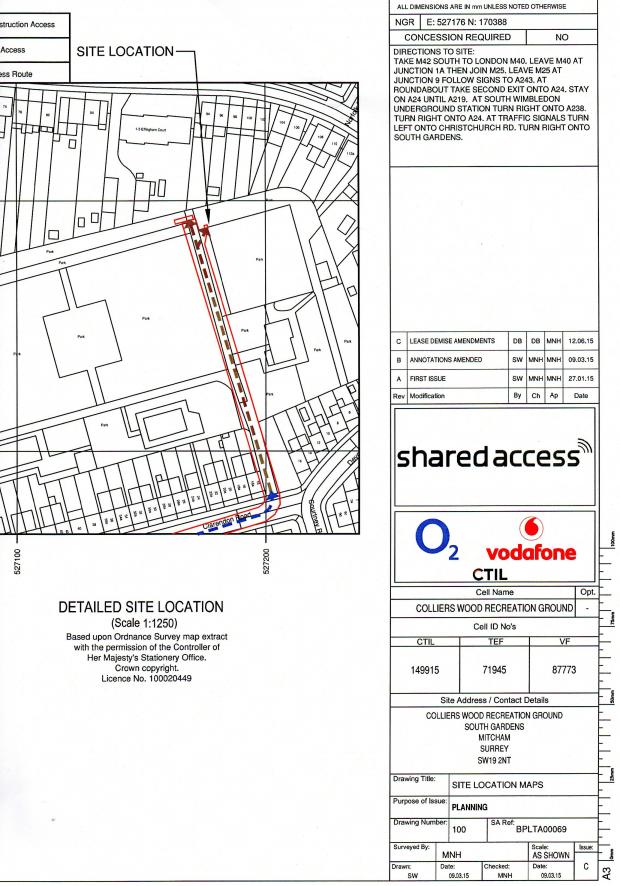1Cancer Research Institute, Slovak Academy of Science, Bratislava, Slovak Republic; and Prokhorov General Physics Institute, Russian Academy of Science, Moscow, Russia
2American Academy of Environmental Medicine, Wichita, Kansas, USA
3Association of Statutory Health Insurance Physicians of Bavaria, Medical Quality Circle “Electromagnetic Fields in Medicine – Diagnostic, Therapy, Environment”, Naila, Germany
4Center for Holistic Medicine “MEDICUS”, Vienna, Austria; and Wiener Internationale Akademie für Ganzheitsmedizin (GAMED), Vienna, Austria
5Medical Association Burgenland, Environmental Medicine Department, Eisenstadt, Austria
6The Experimental Dermatology Unit, Department of Neuroscience, Karolinska Institute, Stockholm, Sweden
7Medical Quality Circle “Electromagnetic Fields in Medicine – Diagnosis, Treatment and Environment”, Kempten, Germany; and Kompetenzinitiative zum Schutz von Mensch, Umwelt u. Demokratie e.V, Kempten, Germany
8Institute of Environmental Health, Medical University Vienna, Vienna, Austria
9Medical Association Vienna, Environmental Medicine Department, Vienna, Austria
10Institute of Cancer Research Medical University Vienna, Vienna, Austria
11European Academy for Environmental Medicine, Kempten, Germany
12Department of Public Health, Government of Land Salzburg, Austria
13European Academy for Environmental Medicine, Würzburg, Germany
14Department of electronics and computer science engineering, HTL Danube City, Vienna, Austria
15Working Group Electro-Biology (AEB), Munich, Germany; and Association for Environmental- and Human-Toxicology (DGUHT), Würzburg, Germany
16Association for Environmental Medicine (ALMEN) Beaufort, Luxembourg
ARTICLE INFO
Article history
Received: 1 October 2015
Accepted: 13 October 2015
Published Online: 27 November 2015
Keywords
Accessability measures; Alternating; Alzheimer’s; Cancer; Chronic multisystem illnesses (CMI); Diagnosis;electric; Electromagnetic field (EMF); Electromagnetic hypersensitivity (EHS); Functional impairment; Infertility; Leukemia; Magnetic; Medical guideline; Nitrosative stress; Nonionizing; Oxidative stress; Peroxynitrite; Prevention; Radiation; Static; Therapy; Treatment
ABSTRACT
Chronic diseases and illnesses associated with unspecific symptoms are on the rise. In addition to chronic stress in social and work environments, physical and chemical exposures at home, at work, and during leisure activities are causal or contributing environmental stressors that deserve attention by the general practitioner as well as by all other members of the health care community. It seems certainly necessary now to take “new exposures” like electromagnetic field (EMF) into account. Physicians are increasingly confronted with health problems from unidentified causes. Studies, empirical observations, and patient reports clearly indicate interactions between EMF exposure and health problems. Individual susceptibility and environmental factors are frequently neglected. New wireless technologies and applications have been introduced without any certainty about their health effects, raising new challenges for medicine and society. For instance, the issue of so-called non-thermal effects and potential long-term effects of low-dose exposure were scarcely investigated prior to the introduction of these technologies. Common EMF sources include Wi-Fi access points, routers and clients, cordless and mobile phones including their base stations, Bluetooth devices, ELF magnetic fields from net currents, ELF electric fields from electric lamps and wiring close to the bed and office desk. On the one hand, there is strong evidence that long-term-exposure to certain EMF exposures is a risk factor for diseases such as certain cancers, Alzheimer’s disease and male infertility. On the other hand, the emerging electromagnetic hypersensitivity (EHS) is more and more recognized by health authorities, disability administrators and case workers, politicians, as well as courts of law. We recommend treating EHS clinically as part of the group of chronic multisystem illnesses (CMI) leading to a functional impairment (EHS), but still recognizing that the underlying cause remains the environment. In the beginning, EHS symptoms often occur only occasionally, but over time they may increase in frequency and severity. Common EHS symptoms include headaches, concentration difficulties, sleeping problems, depression, lack of energy, fatigue and flu-like symptoms. A comprehensive medical history, which should include all symptoms and their occurrences in spatial and temporal terms and in the context of EMF exposures, is the key to the diagnosis. The EMF exposure can be assessed by asking for typical sources like Wi-Fi access points, routers and clients, cordless and mobile phones and measurements at home and at work. It is very important to take the individual susceptibility into account. The primary method of treatment should mainly focus on the prevention or reduction of EMF exposure, that is, reducing or eliminating all sources of EMF at home and in the workplace. The reduction of EMF exposure should also be extended to public spaces such as schools, hospitals, public transport, and libraries to enable persons with EHS an unhindered use (accessibility measure). If a detrimental EMF exposure is reduced sufficiently, the body has a chance to recover and EHS symptoms will be reduced or even disappear. Many examples have shown that such measures can prove effective. Also the survival rate of children with leukemia depends on ELF magnetic field exposure at home. To increase the effectiveness of the treatment, the broad range of other environmental factors that contribute to the total body burden should also be addressed. Anything that supports a balanced homeostasis will increase a person’s resilience against disease and thus against the adverse effects of EMF exposure. There is increasing evidence that EMF exposure has a major impact on the oxidative and nitrosative regulation capacity in affected individuals. This concept also may explain why the level of susceptibility to EMF can change and why the number of symptoms reported in the context of EMF exposures is so large. Based on our current understanding, a treatment approach that minimizes the adverse effects of peroxynitrite – as has been increasingly used in the treatment of multisystem disorders – works best. This EMF Guideline gives an overview of the current knowledge regarding EMF-related health risks and provides concepts for the diagnosis and treatment and accessibility measures of EHS to improve and restore individual health outcomes as well as for the development of strategies for prevention.
Source/Fonte:
http://www.degruyter.com/view/j/reveh.2015.30.issue-4/reveh-2015-0033/reveh-2015-0033.xml
Versione PDF completa dell’articolo scaricabile al seguente link:
EUROPAEM EMF Guideline 2015-reveh-2015-0033










